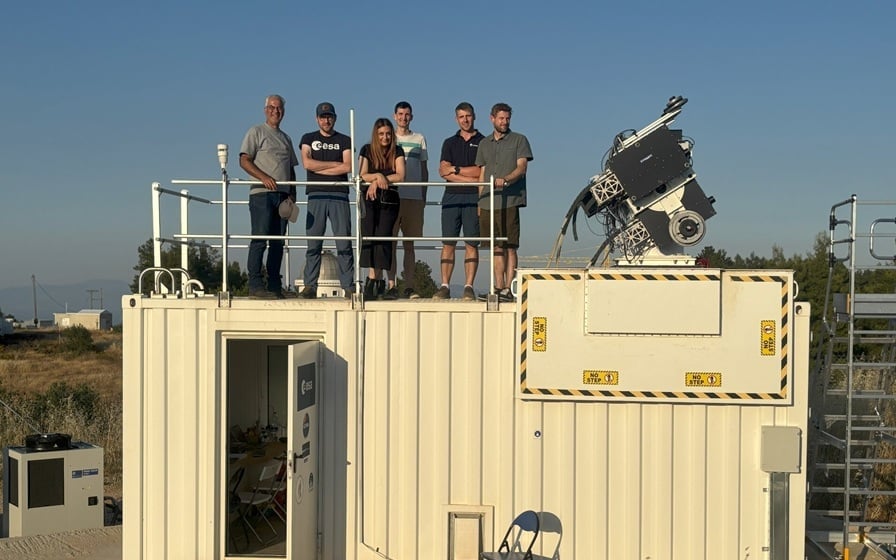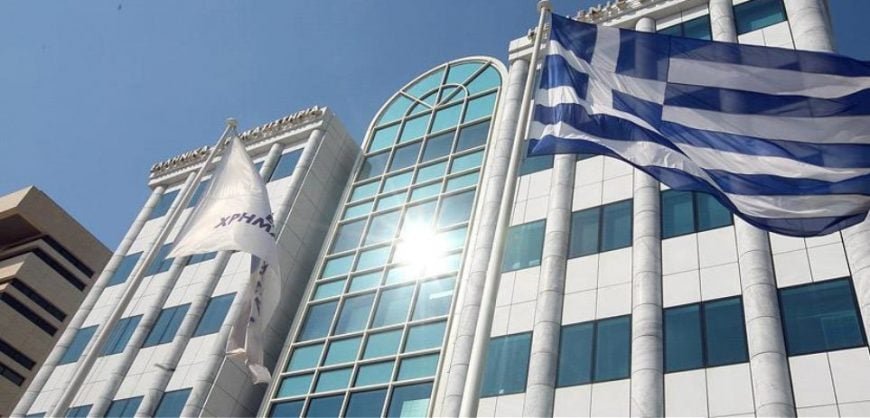
A milestone in space communication was celebrated in the Greek capital on Wednesday, as the National Observatory of Athens (NOA) was formally recognized by the European Space Agency (ESA) for its pivotal role in the first-ever optical communication link with a spacecraft in deep space, a landmark achievement in international space collaboration.
The groundbreaking laser communication link was established on July 7, 2025, between NASA’s Psyche spacecraft – currently en route to Mars – and Greece’s Kryoneri Observatory in Corinth. The project, a joint effort by NASA and ESA, involved transmitting a laser message across nearly 300 million kilometers. The message, sent from Kryoneri, was received shortly afterward at the Helmos Observatory’s Aristarchos Telescope in Achaia, northern Peloponnese, just 37 kilometers away.

This experiment marked the deepest wideband optical communication link ever recorded in space.
Greece’s observatory and high-speed connectivity to deep-space spacecraft
In a statement issued on July 7, ESA highlighted the compact nature of the operation, noting that fewer than 20 personnel were involved on-site: seven at Kryoneri and 12 at Helmos. NASA’s Jet Propulsion Laboratory (JPL) in the United States, which oversaw the broader operation, deployed two experts to Greece to support ground operations.
“The first successful demonstration of deep-space optical communication with a European ground segment marks truly a leap step towards bringing terrestrial internet like high-speed connectivity to our deep-space spacecraft. This joint achievement together with our colleagues and partners in industry and academia, ESA’s Directorate of Technology and NASA/JPL underlines the importance of international cooperation”, says Rolf Densing, ESA’s Director of Operations.
“This is an amazing success. Through years of technological advancements, international standardisation efforts and adoption of innovative engineering solutions we have set a cornerstone of the Solar System Internet,” says Mariella Spada, ESA’s Head of Ground systems Engineering and Innovation.
Greece is dynamically entering the space sector
NOA President Spyros Vasilakos described the moment as deeply emotional, calling it “a great leap forward,” at the award ceremony in Athens.
ESA’s Mariella Spada noted Greece’s geographic advantage in future space communication projects and extended warm thanks to the leadership and staff of the Greek observatories for their instrumental role in the success.
Development Minister Takis Theodorikakos hailed the achievement, saying it is “a reminder that when we in Europe join forces under a common vision, we can achieve not only new technological heights, but new horizons of communication, mutual support and progress.”
Digital Governance Minister Dimitris Papastergiou revealed that the laser transmission took about 16 minutes to reach the spacecraft and another 16 minutes for the return signal to be collected at Helmos.
“This achievement alone generates awe and proves that Greece is dynamically entering the space sector,” he said. He also referred to Greece’s 200-million-euro Recovery Fund initiative aimed at deploying microsatellites for applications in civil protection and climate monitoring.
Related: Greece’s Flag in Space: First National Satellite Successfully Launched


